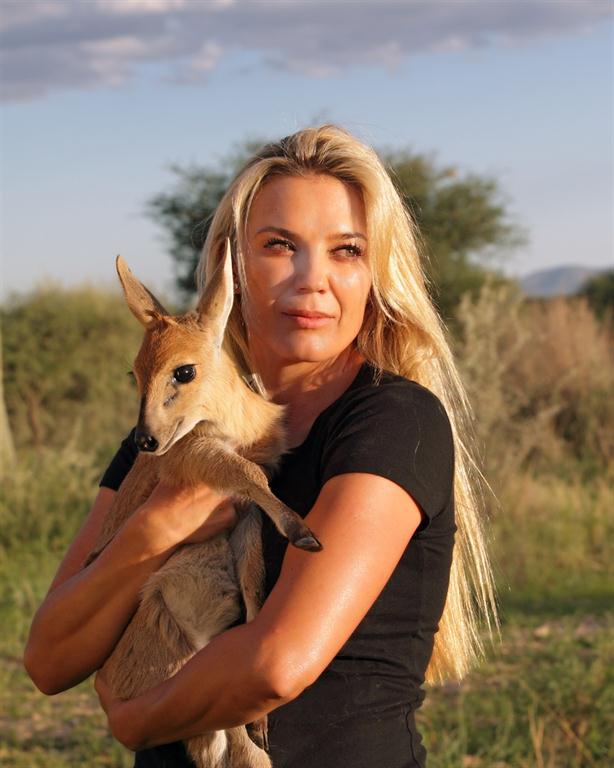Marlice: The animal whisperer
Marlice van Vuuren is the co-founder and owner of the N/a’an ku sê Foundation and is also one of Namibia’s most well-known conservationists.
Octavia Tsibes A conservationist is someone whose first priority is the preservation of habitats, wildlife and people. All three of these are closely interlinked and without one, the others cannot function.
An average day for N/a’an ku sê Foundation co-founder and owner Marlice van Vuuren is always unique.
“Every day is different and no two days are ever the same. How each day runs is dependent on which animals are at the sanctuary. If there are baby animals, dependent on regular bottle feeds etc. My mornings are spent preparing food and bottles, making sure the young and sick animals have blankets and hot water bottles and that their camps and enclosures are warm and comfortable. In the afternoons, I usually spend my time dealing with any sick animals, monitoring their progress and regulating their medication,” says Van Vuuren.
“I also receive a lot of phone calls from farmers and landowners who are concerned about carnivores (predators) on their land that could potentially target their livestock. We advise farmers and landowners on how best to protect their cattle and livestock, and also respond to various situations involving carnivores on their land.”
They assist farmers with trapping and caging leopards and cheetahs.
They travel to the farm concerned, sedate the animal and the fit it with a GPS collar.
They then release the leopard or cheetah back onto the farmer’s land. The resulting GPS data is then shared with the farmer on a daily basis, so that the movements and behavior of the animal are constantly known and monitored.
“In this way we have been able to prove that majority of leopards and cheetahs are non-conflict animals, in other words they do not prey on livestock and stick to wild game (their natural prey). The farmers are then more than happy to allow the animal to live in peace on their land,” Van Vuuren added.
“Never underestimate an animal or overestimate your own abilities when things go wrong!”
According to Van Vuuren, being a conservationist comes with a lot of challenges when it comes to dealing with people and not the animals.
“It can be a challenge to convince farmers not to shoot carnivores (such as cheetahs and leopards) on their land, and instead listen to our advice and allow us to fit the animal with a GPS collar and release the animal back onto their land.”
It is also crucial that conservationists deal with people as professionally as possible; good communication is key to convincing people (such as farmers) to not unnecessarily persecute animals.
Van Vuuren further says dealing with wild animals brings a certain amount of danger.
“It is important that as a conservationist one should never become complacent and never forget that a wild animal (even one that is habituated) fundamentally remains a wild animal, with wild instincts.
“One should be adaptable and open-minded and each and every animal species is different and requires a different solution, so always be open-minded and flexible.
“Good crisis management skills are vital. You need to know how to be patient and remain calm, and good communication skills are very imperative,” Van Vuuren said.










Comments
My Zone
No comments have been left on this article